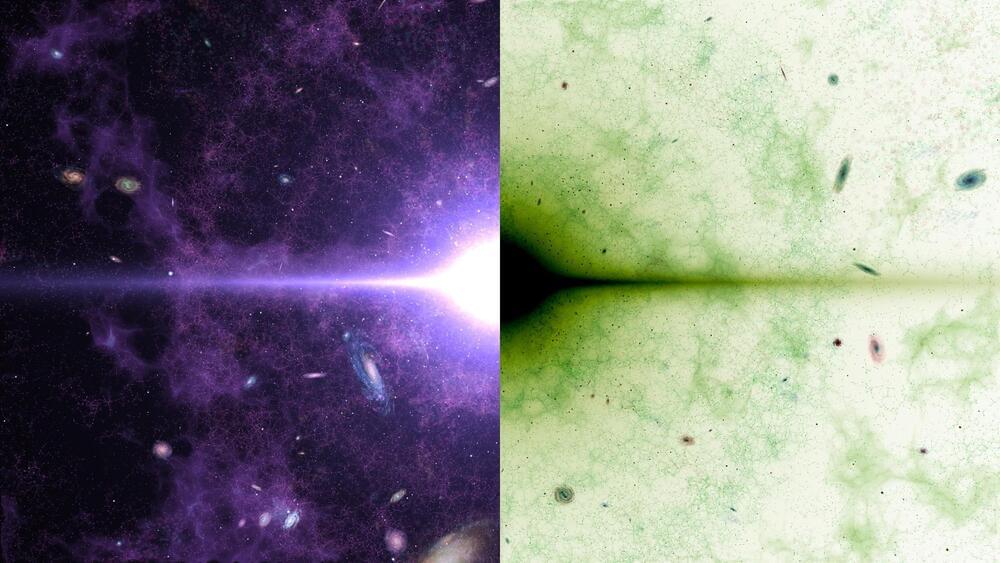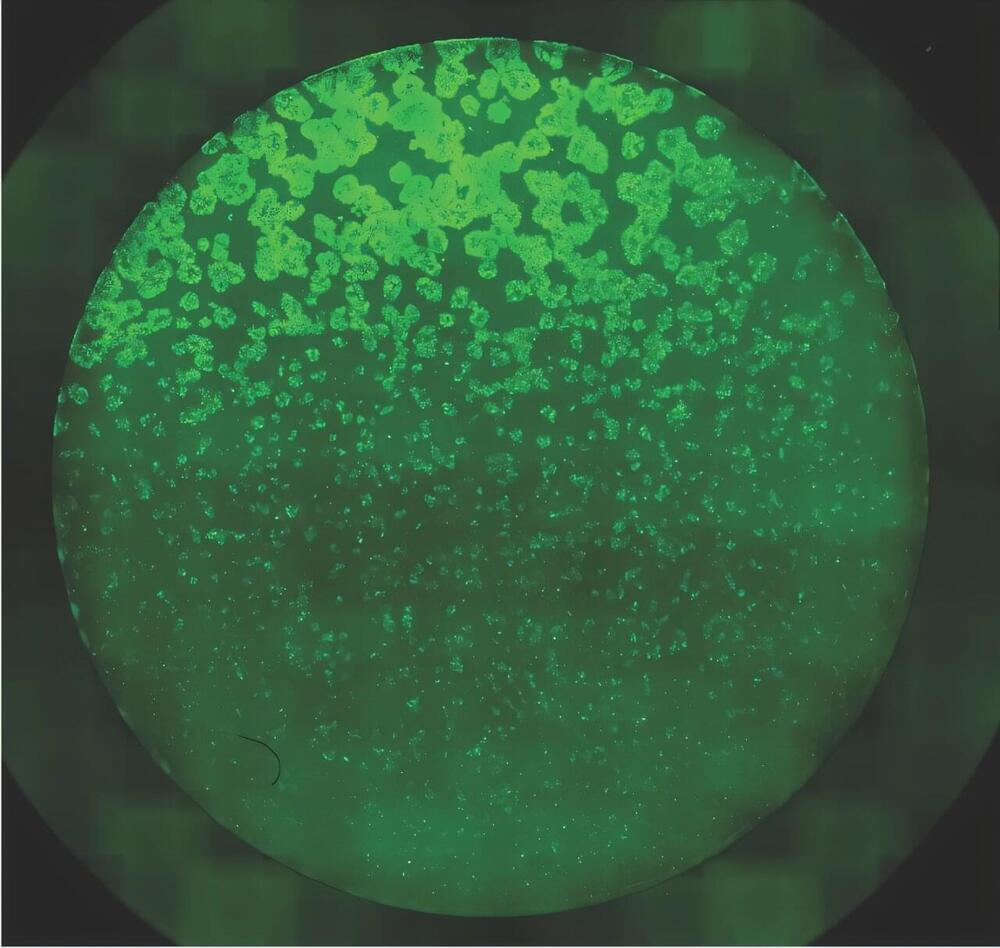Finastra, a global leader in financial technology that serves 45 of the world’s top 50 banks, has confirmed a major data breach impacting its internal file transfer system. The London-based firm, which facilitates vital banking and wire transfers for over 8,100 financial institutions worldwide, detected the breach on Nov. 7.
The breach targeted Finastra’s internally hosted Secure File Transfer Platform, or SFTP, which was exploited using stolen credentials—essentially, a username and password. The attacker claims to have leveraged IBM Aspera, a high-speed file transfer tool to exfiltrate data from Finastra’s systems.
The cybercriminal, known by the alias “abyss0,” first advertised the stolen data for sale on BreachForums, a notorious online marketplace for cybercrime, on October 31. Initially priced at $20,000, the data’s asking price was later halved to $10,000. After gaining attention, “abyss0” disappeared, erasing their presence on both BreachForums and Telegram. This sudden retreat suggests they either secured a buyer or sought to avoid further scrutiny.







